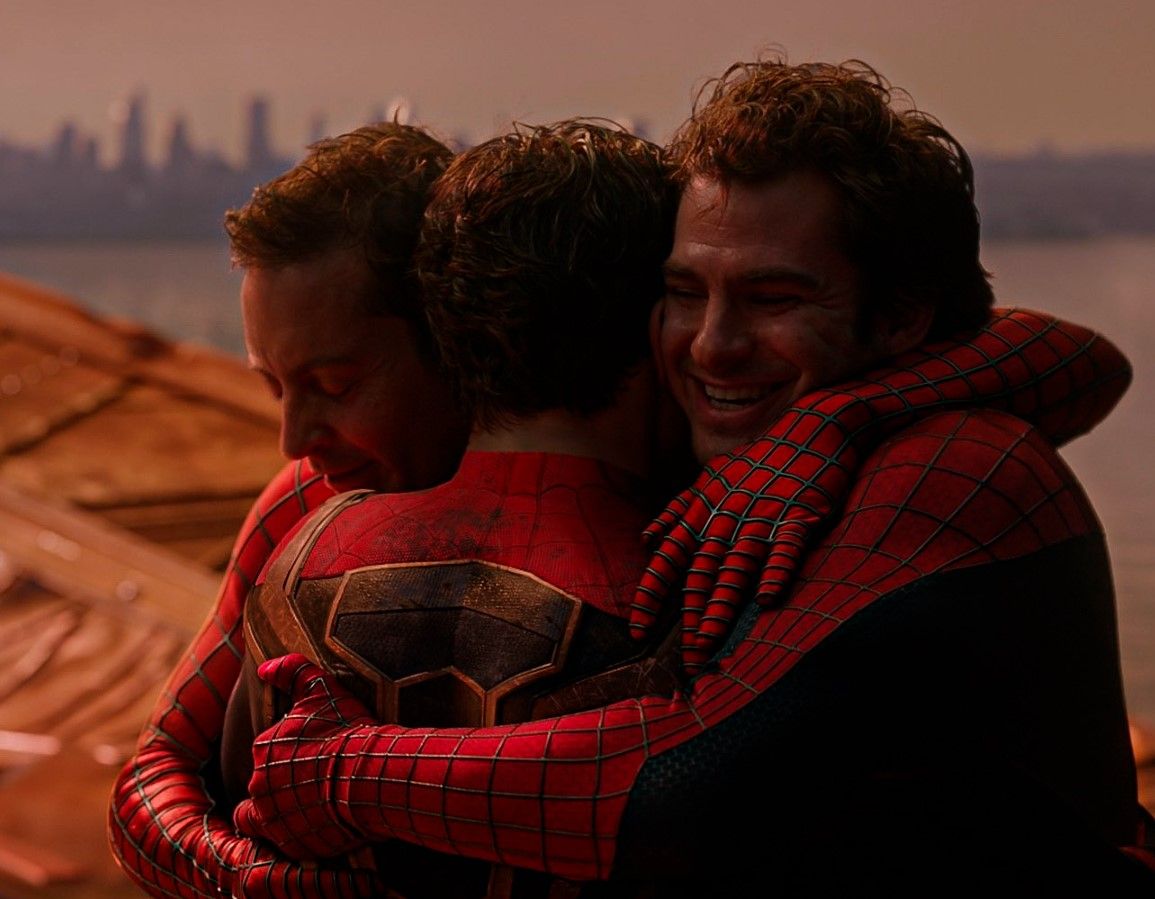Table of Contents Show
The following contains spoilers for Everything Everywhere All at Once (2022) and Doctor Strange in the Multiverse of Madness (2022).
The multiverse has taken over film and television in full force as of late, from the biggest franchises to indie studios. And based on box office numbers alone, audiences keep turning out for multiversal stories in droves. Spider-Man: No Way Home (Watts 2021) became 2021’s highest-grossing film.
In 2022, Doctor Strange in the Multiverse of Madness (Raimi 2022) was the highest-grossing film of the year until June and Everything Everywhere All at Once (Kwan and Scheinert 2022) became indie studio A24’s highest-grossing film both internationally and domestically. The multiverse is captivating, but why? On one hand, it’s just another cash and cameo grab for studios to capitalize on nostalgia and do fanservice, but they also reflect a desire to escape from a present state of turmoil — one where, perhaps, our problems don’t exist, or at least hold answers for the problems here. The fascination with parallel universes, alternate worlds, and meeting your double other-selves is on the mind and near-impossible to avoid.
What may have begun as a fun storytelling device to tell rejected story ideas or think about how a story could end differently quickly became one of the most narratively compelling ways for creators to explore the self, time, and place. Hollywood’s fascination with multiverses stories, and how Marvel Studios has informed consumers’ perception of it, is one part a desire to change a well-loved story or character, one part a need for escapism and reassurance, and one part a reflection of humanity’s fear of the unknown. At the multiverse’s best, it holds collective hope for change by providing an escapist feeling but at its worse contains the world’s anxiety about infinite possibility.
A Brief History Of The Multiverse
The multiverse isn’t a new concept by any means. Erwin Schrödinger proposed the idea in a 1952 lecture about the existence of multiple possibilities existing simultaneously at once that don’t collapse upon observation. Hugh Everett’s “Many Worlds Interpretation” has a similar understanding to the contemporary idea of the multiverse as well, but the phrase was first used in fiction in Michael Moorcock’s 1963 science fiction novel The Sundered Worlds. The “Eternal Champion” of Moorcock’s multiverse exists in different forms throughout the multiverse, similar to how No Way Home and Spider-Man: Into the Spider-Verse (Ramsey, Persichetti, and Rothman 2018) show a variety of Spider-People from different backgrounds, times, and origins. Ever since then, the multiverse has pervaded every medium and found a home in the alternative history and science fiction genres.
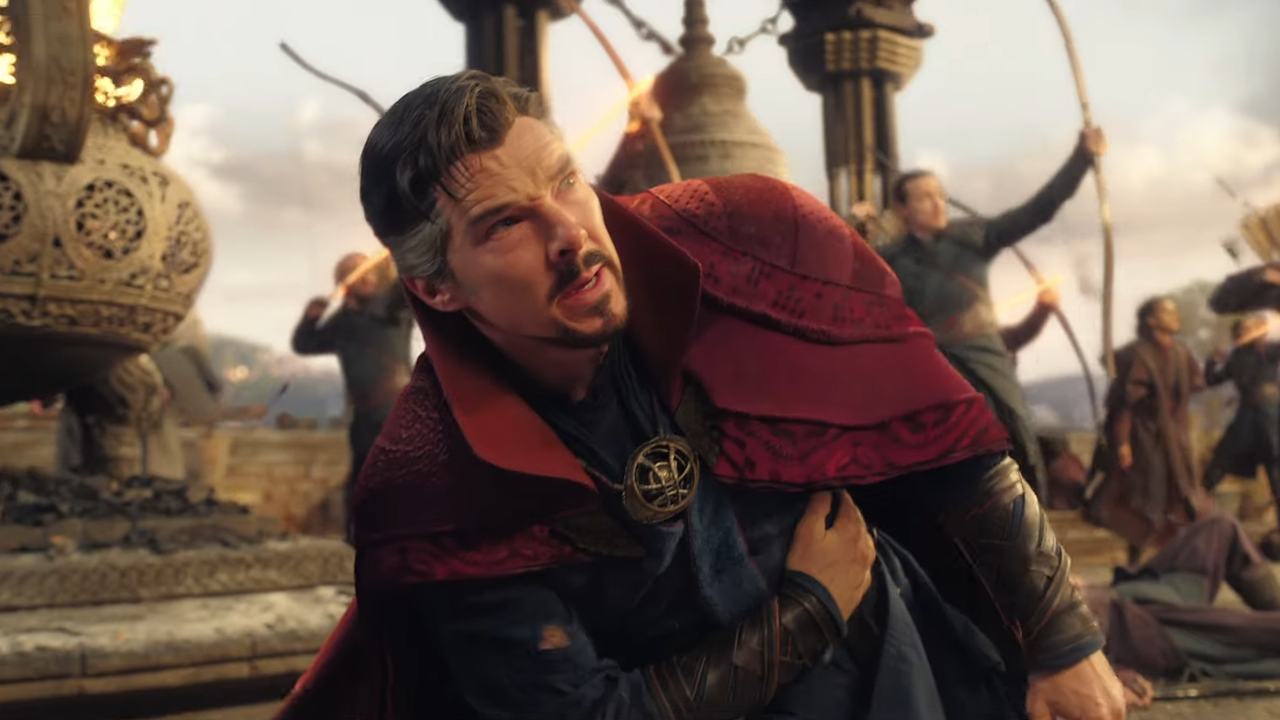
The science fiction genre is particularly fixated on the idea of multiverses, if only because the genre allows for easy travel between worlds and dimensions with the assistance of high-tech gadgets and advanced research years into the future. Doctor Who (1963–) has stories about parallel universes going back as far as 1970 with the Third Doctor, but their most famous parallel universe arc was from 2010 when Rose and the Tenth Doctor got separated in different universes. Even Community (2009-15) invoked the multiverse in season three episode “Remedial Chaos Theory,” where the outcome of each character getting the pizza is shown. Most famous is Rick and Morty (2013–), which uses the multiverse as a source of comedy by focusing on the absurdity of its existence rather than the terror of it to overwhelming critical success. In short, the multiverse has been around for a while and is absolutely here to stay.
Marvel’s Multiverses
The most prominent use of the multiverse in pop culture and arguably the driving force of its increased popularity in the present is by Marvel. In 1977, Marvel Comics debuted one of the more well-known uses of the concept with its What If series, showing alternative stories and character arcs. What If recently crossed over into the Marvel Cinematic Universe (MCU) with the animated television show What If…? to present alternative spins on the MCU. Phase 4 of the MCU has been mostly big, multiversal stories about the inherent threat of its existence: Wanda becoming the Scarlet Witch in WandaVision (Shakman 2021) likely cracked open the multiverse; Loki (2021–) punished deviation from the “sacred timeline” and showed a shattered multiverse; No Way Home’s big bads were the Raimi and Webb Spidey villains; Multiverse of Madness depicted, well… the madness of the multiverse.
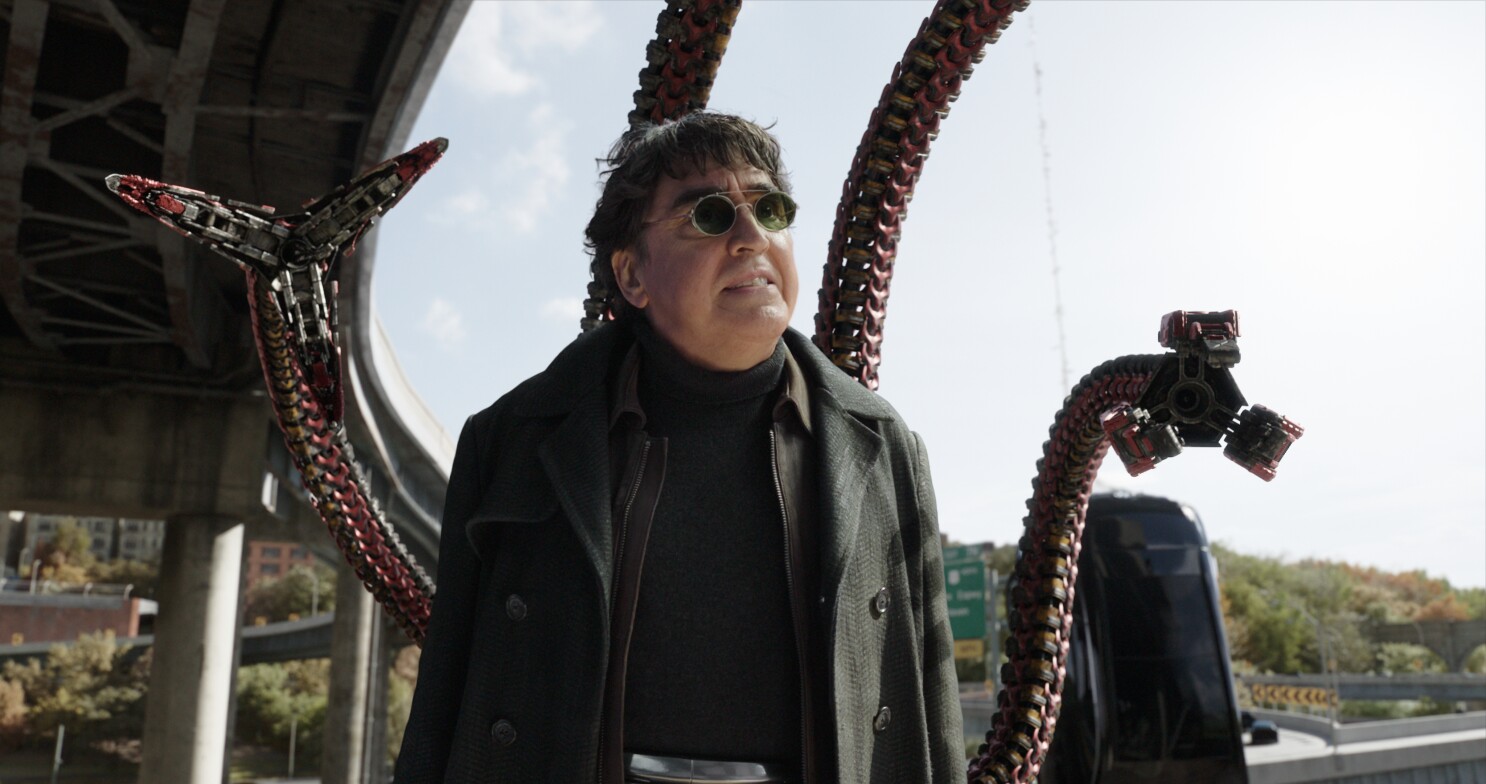
While The Flash (2014–) television series and comics delve into the multiverse, the DC Extended Universe hasn’t embraced it the way Marvel has. However, a major (and valid) criticism of the way Marvel does the multiverse is that it’s a cash and cameo grab. The marketing for No Way Home played up the return of old Spidey villains and drummed up the hype that Tobey Maguire and Andrew Garfield would return, effectively using nostalgia for Marvel films and Peter Parkers of yore to drive forth the narrative. Creating hype around possible cameos by keeping them a secret comes across like a hollow nostalgia play instead of creative storytelling.
Identity-Affirming Multiverses
The multiverse can be employed as a useful storytelling device to tell stories about the impact of an individual and their choices on their universe. These stories, especially when used in the “what if” kind of scenario, force us to think critically about the nature of time and the self, not to mention analyze how seemingly small choices have great consequences on the outcome of a particular event. What If…?‘s narrator the Watcher reminds the viewers of this in the intro to each episode when he says the multiverse is “a prism of endless possibility, where a single choice can branch out into infinite realities.” The show expanded upon this by retelling the MCU with a twist in each episode.
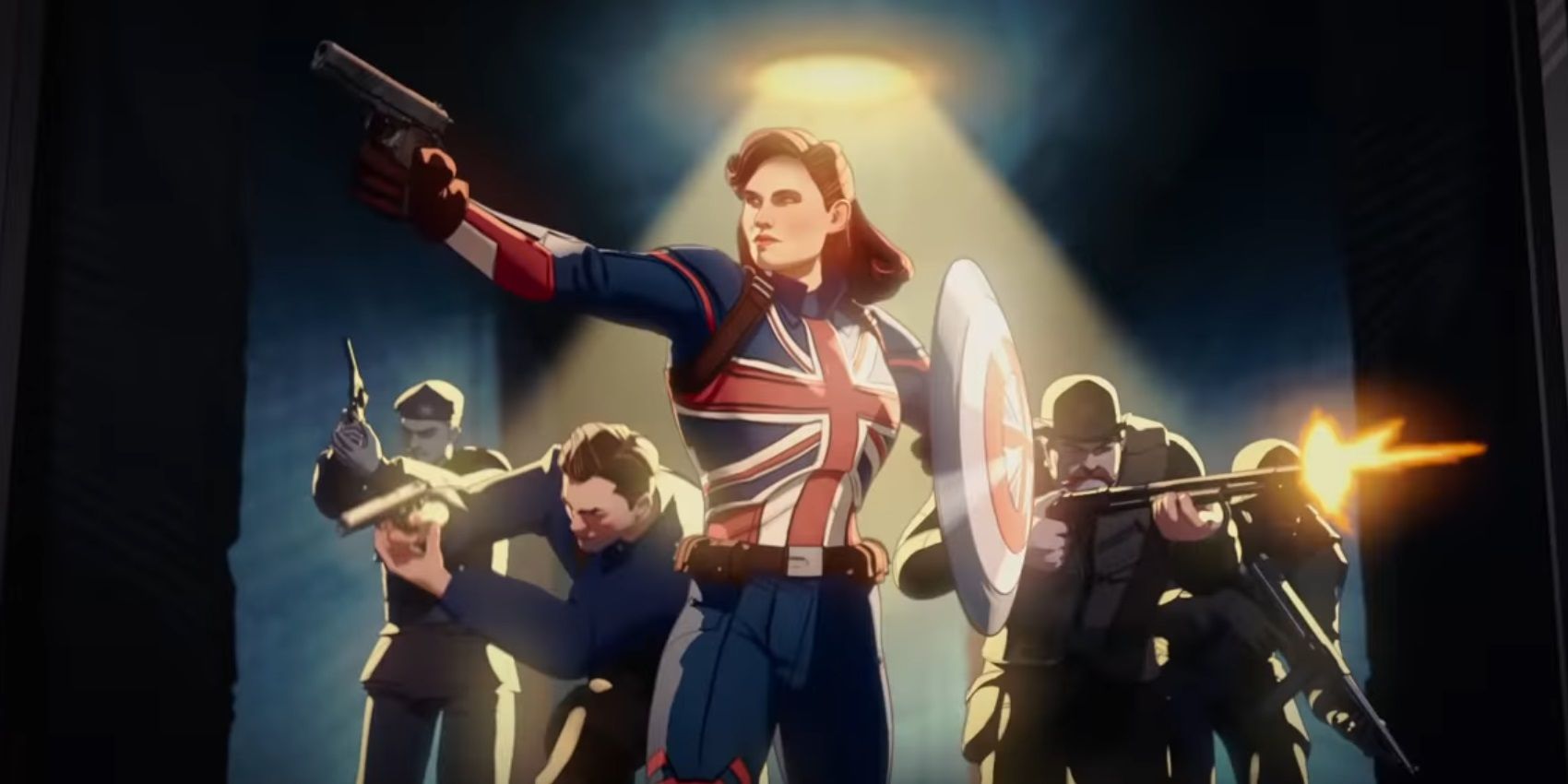
In the episode where Peggy Carter takes the super-soldier serum instead of Steve Rogers, the Watcher reminds audiences that even the smallest of decisions can change the course of history. Peggy is asked if she wants to leave the laboratory when they’re about to inject Steve with the serum, but she says no; the Watcher calls attention to this unassuming choice, arguing that without her decision to stay, there would have been no super solider to defeat Hydra and the Red Skull. This is because a bomb goes off in the lab, injuring Steve before he can receive the serum. Because of her decision to stay and fearlessness in battle, Peggy is able to end World War II and defeat Hydra’s eldritch attack beast.
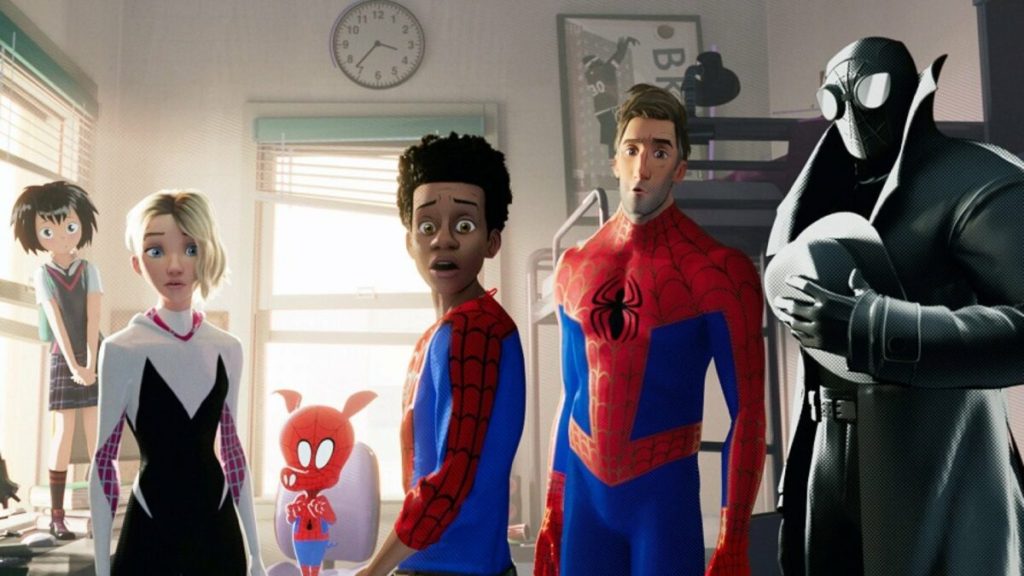
Into the Spider-Verse took the multiverse a step further as it brings a whole team of Spider-People to teach Miles Morales how to be Spider-Man, after the death of his universe’s Peter Parker. The film suggests that every universe needs a Spider-Person, and shows Miles that he isn’t alone in his journey to becoming his universe’s Spider-Man. The notion that “anyone can be a Spider-Person” affirms this through the vast range of Spider-People Miles meets, which is especially heart-warming since Miles is a young Black teenager struggling to find his identity at a new school on top of being the new Spider-Man. Encountering the other Spider-People makes Morales embrace the mantle of the new Spider-Man within the entire multiverse.
Hopeful Multiverses
It’s no surprise that the amount of content concerning the multiverse has exploded in number and popularity since 2020. Most of the MCU’s 2021 releases were about the multiverse when the COVID-19 pandemic was at its peak. The multiverse can be viewed, then, as an escapist storytelling device that imagines a world where catastrophic world events or political turmoil don’t happen or never happened to begin with. Even Multiverse of Madness explored this through the repetition of the question “Are you happy?” was explored extensively in Multiverse of Madness as Doctor Strange and Wanda Maximoff hopped throughout the multiverse, grappling with the desire for a romantic connection and to have a family, respectively.
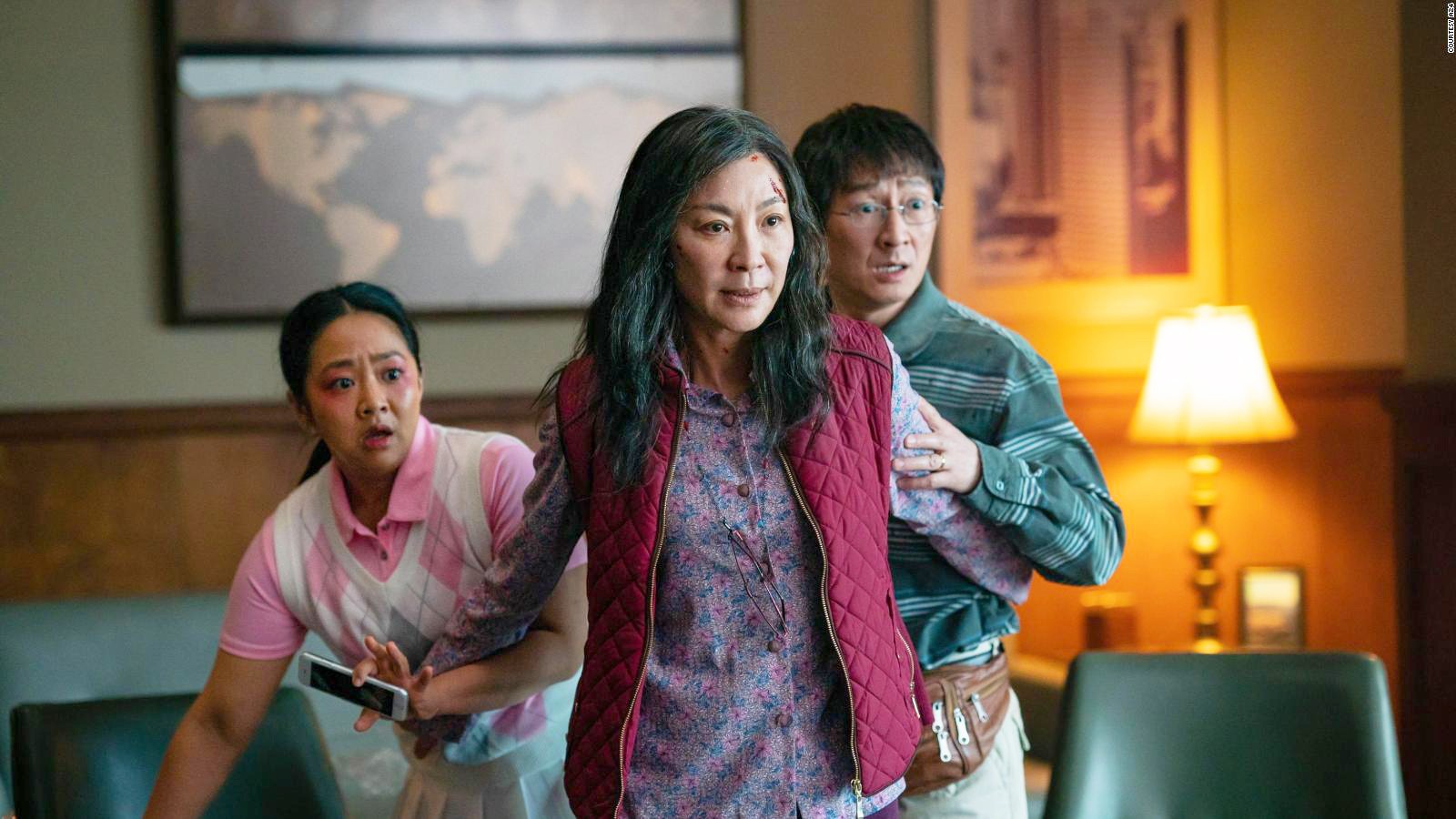
In Everything Everywhere All At Once, the multiverse is a place of possibility and change, with the message that treating strangers with kindness and your family with love is what can transcend any amount of difference across the multiverse. Even though the film’s villain Jobu Topaky sucks up universes through her “everything bagel” black hole as revenge for how her universe’s mother pushed her towards unfettered multiversal travel, therein putting it in the “multiverse bad and scary” camp, the film ultimately celebrates the concept. The characters draw on their alternate selves’ different life experiences in fights, not reject them as threats. The verse-jumping and multiplicity of the self is not a hazard — instead, it’s a way to expand one’s potential.
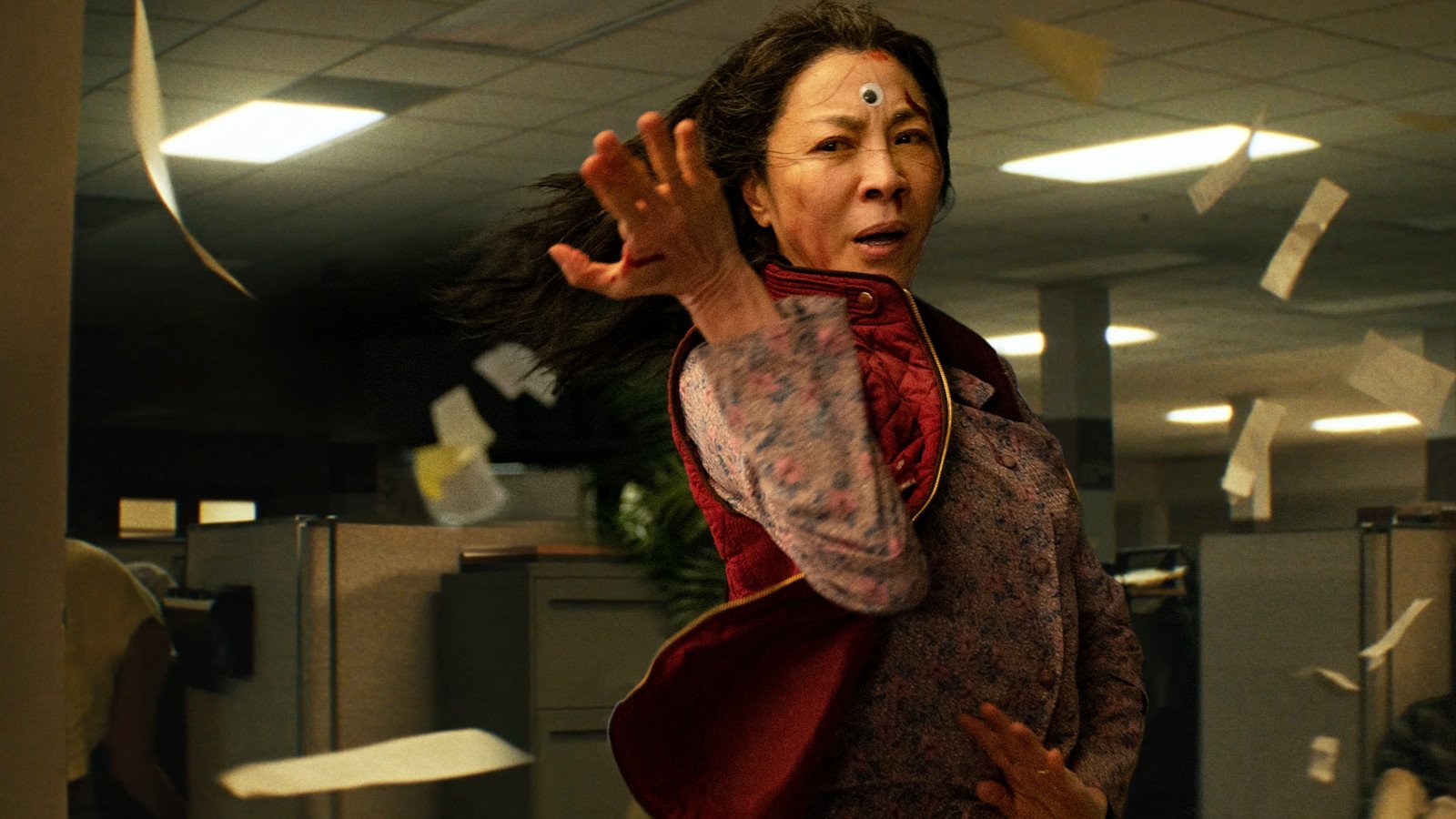
But Everything Everywhere because Evelyn and Jobu and Topaky (a multiversal of Evelyn’s daughter Joy) use their battle through the universes as a way to improve their mother and daughter dynamic. In a scene equal parts absurd and heart-breaking, Evelyn and Joy are simply two rocks overlooking a vast canyon, they talk about slowing down and nothing mattering because they’re just rocks. They’re at peace for once, and the audience gets the first glimpse at what a healthy relationship between them can look like; they can finally talk like adults about what bothers them.
In the rock scene, there’s a sense of escapism — in a tumultuous political world, isn’t it freeing to imagine that in one universe we’re just rocks with no political or social institutions that persecute anyone. Everything Everywhere presents the multiverse as the only way for Evelyn and Joy to understand the complexity of their relationship and move forward in a healthier way. When Waymand reminds Evelyn that you have to be kind, especially when you don’t know what’s going on, it gives her the strength to reach out to her daughter and pull them from the vast nothingness of “the everything bagel” — and out of the meaninglessness of existentialism.
Fearful Multiverses
However, not all multiverse stories embrace the unknown or multiplicity of the self and worlds. Any kind of story that invokes and interrogates our position, significance, and role in the grand scheme of the universe is bound to get existential. A multiverse can feel invalidating to our own lived experiences because of its endless possibilities (cue the “what if I did this…” intrusive thoughts), which is the MCU’s apparent stance on the concept. Their content constantly pushes the narrative that the multiverse is a threat because it holds foreign invaders who want to attack the heroes’ way of life and it disrupts time. To the MCU, the multiverse is not governed by anything rational or sane; the way Sam Raimi uses the mystic arts, chaos magic, and horror aesthetics in Multiverse of Madness to show its dangers makes it seem all the more sinister.
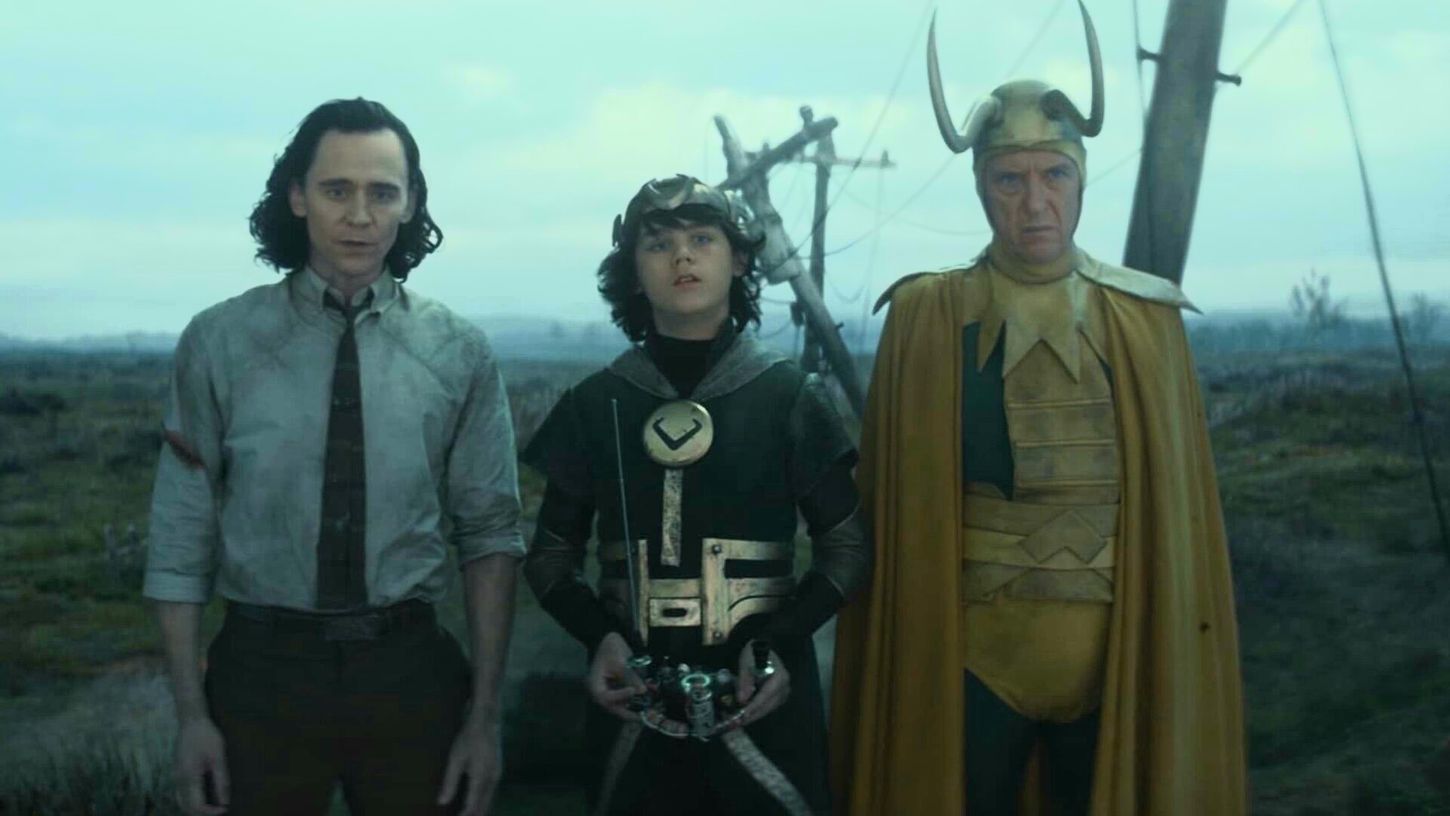
In Loki, the threat of deviating from the “sacred timeline” looms over the entire series. The Time Variance Authority (TVA) punishes anyone they believe creates a branch universe off the sacred timeline, called variants, ultimately coding the multiverse as a dangerous and uncontrollable entity because of variance and divergence. Where Into the Spider-Verse and Everything Everywhere find strength in variance, Loki refuses to see this possibility and ends the show with its two main Loki variants — Loki and Sylvie – enemies because of Sylvie’s femme fatale betrayal.
No Way Home is fixated on the multiverse “breaking open,” suggesting that time and reality are sacred things that can never be disturbed; it’s not shocking that the first multiversal visitors, and the ones threatening to break through in the film’s final act, are all villains or antagonistic beings. Though the three Peter Parker’s team up to defeat and even “cure” the villains of their villainy, No Way Home still presents the idea that the multiverse is a serious threat because it can “break open” and let in foreign invaders who can take away autonomy and the ability to control a rigid perception of time and space.
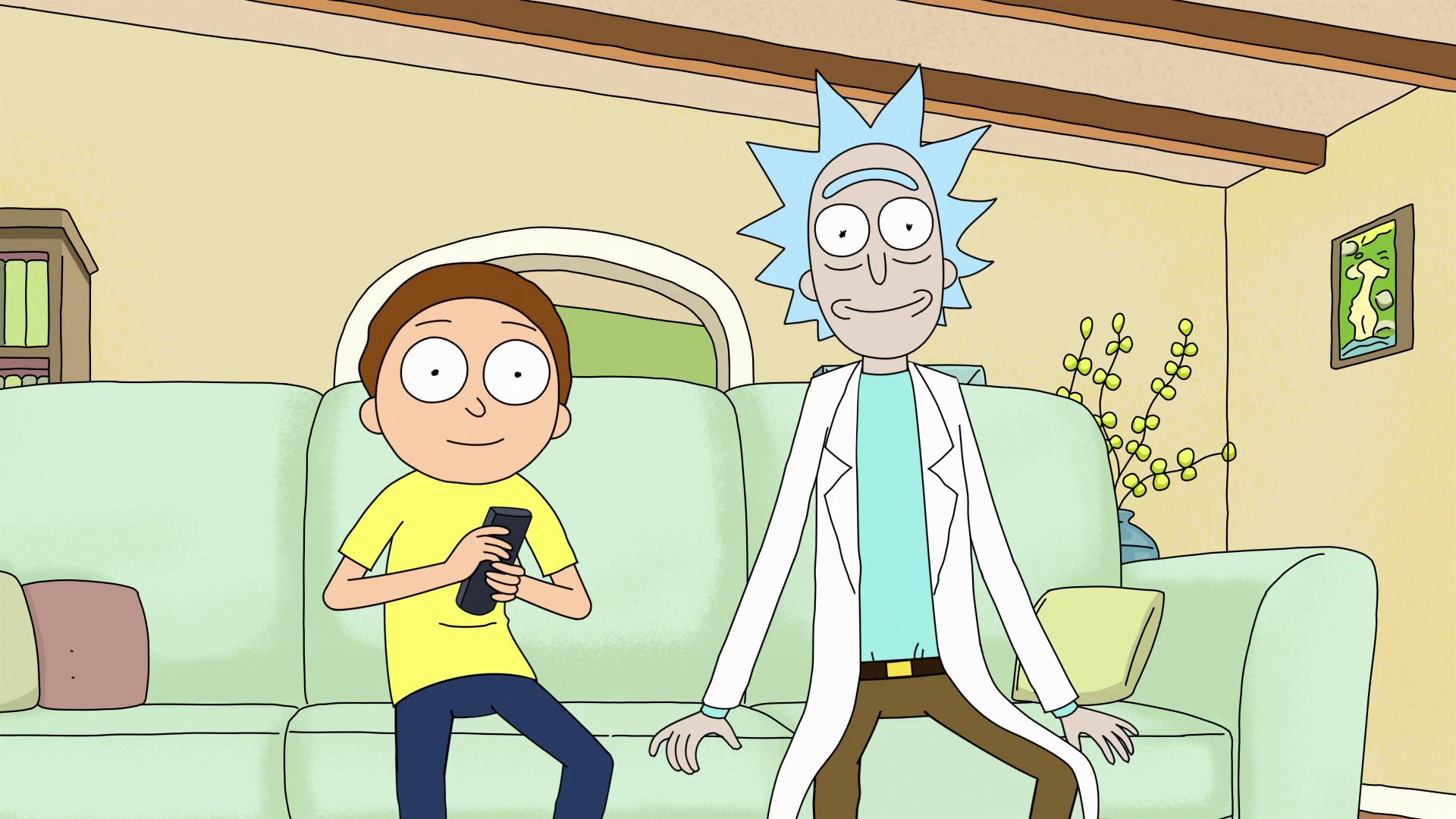
On the other hand, Rick and Morty take themselves rather unseriously in how they portray the multiverse. Rick’s portal gun, which allows them to travel the multiverse at will and with great ease, almost takes away the drama of the multiverse since they can go wherever they want whenever they want. Rick and Morty is at its best when it approaches the multiverse with a comedic, almost juvenile approach instead of focusing on its scariness. By honing in on the absurdity of the multiverse, meeting your doubles, and traveling to different universes, Rick and Morty is cheerfully nihilist and escapist in its declaration that
“[n]obody exists on purpose, nobody belongs anywhere, everybody’s gonna die. Come watch TV.”
In “Rixty Minutes,” shows the Sanchez-Smith family watching television programs from every possible reality. TV shows range from ones where Morty’s father Jerry became a famous actor to ones where “humans” evolved from corn. It’s delightfully absurd as they flick through the channels, catching clips of “Gazorpazorpfield” and SNL with a “piece of toast” as a cast member, even though the underlying emotional story is that of Morty’s sister Summer realizing that their parents only got married and had a “boring” life because they decided against an abortion. By marrying the absurdity of the television shows — that do show a multiversal Beth and Jerry admitting to each other that they regretted the abortion — with the story about identity and place, Rick and Morty creates a well-balanced episode that uses the multiverse to its full storytelling capacity.
The Future Of The Multiverse
The high number of multiversal stories in the last decade reveals the deep-seated anxieties and hope for collective society. Entertaining the notion of infinite alternative worlds with either the slightest or drastic difference expresses that humanity is concerned with its time and sense of self. If someone came into contact with a world that’s completely different from their own, or a version of themselves that’s eviler or more good, how would it disturb their perception? Multiverse stories allow society to work out those complicated questions in every genre possible.
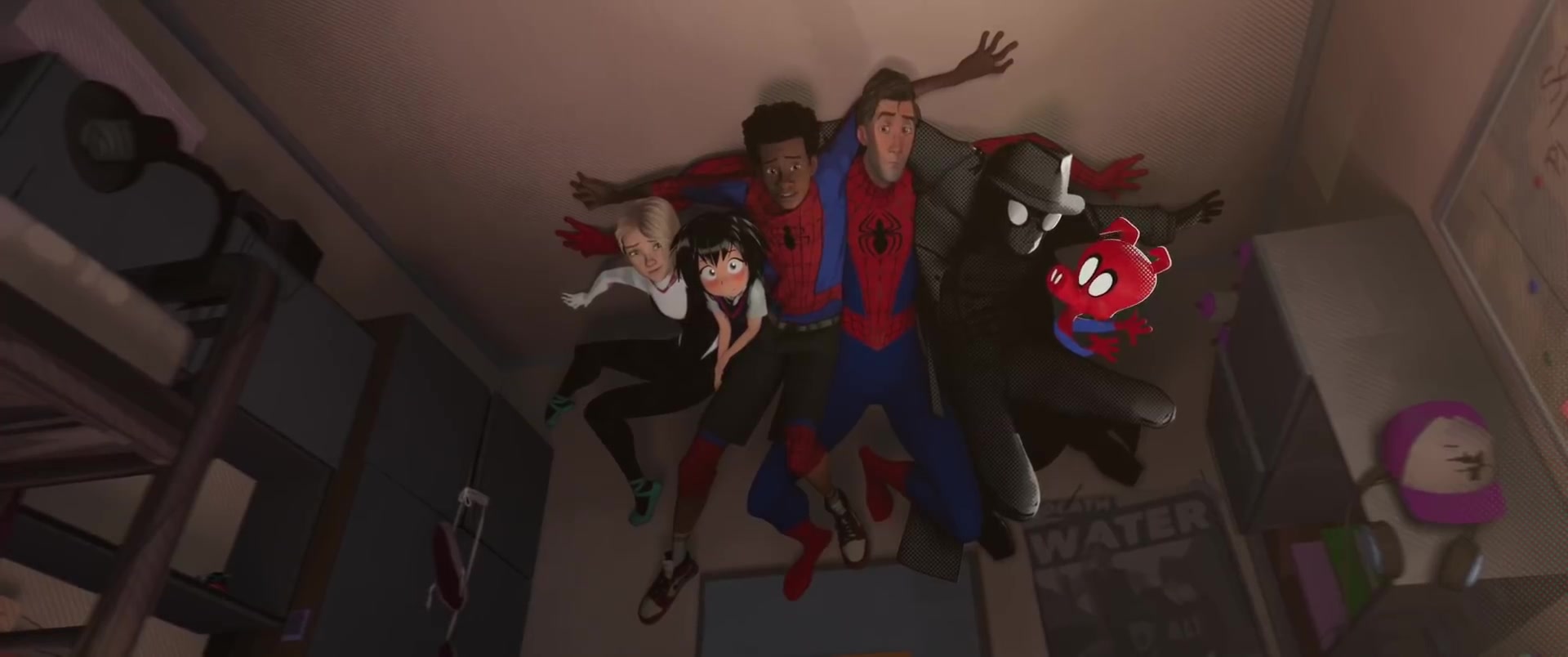
The multiverse isn’t going away for the time being. What If…? and Loki were both renewed for a second season and the sequels to Into the Spider-Verse, Across the Spider-Verse – Part II and III are due for release in 2023 and beyond. Rick and Morty are due for at least seventy more episodes as of 2018 as well. Doctor Who’s sixtieth anniversary is bringing back a whole slew of past Doctors and their companions for their very own Multiverse of Madness moment. It’s safe to call this moment in contemporary media a multiversally-minded one with how many projects invoke the concept in their plots.
